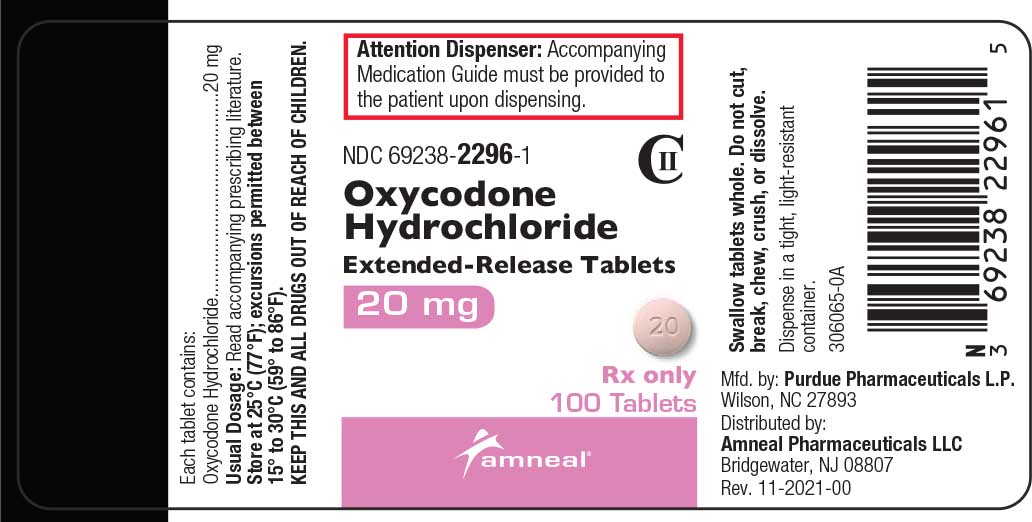Exploring the Different Clinical Usages and Impacts of Oxycodone suffering Administration
Oxycodone, a powerful opioid analgesic, has actually long been a cornerstone in the management of moderate to serious pain. Allow's decipher the complex landscape of oxycodone in pain management to gain an extensive insight right into its utility and influence.

Discomfort Relief Device of Oxycodone
Oxycodone applies its analgesic impacts primarily through its actions on the central nerve system, especially by binding to opioid receptors in the brain and spine. By binding to these receptors, oxycodone alters the assumption of pain, causing a decrease in discomfort experience. Buy Oxycodone online. The medication serves as an agonist, activating mu, delta, and kappa opioid receptors, which are dispersed throughout the main nerve system. This activation inhibits the launch of natural chemicals included in discomfort signaling, such as material P and glutamate, while likewise advertising the launch of repressive neurotransmitters like gamma-aminobutyric acid (GABA)
In addition, oxycodone not just regulates discomfort perception yet also influences emotional feedbacks to pain. The medicine can generate feelings of bliss and leisure, contributing to its high possibility for abuse. Recognizing the precise device of oxycodone's activity on the main nerve system is critical for doctor to enhance its use hurting management while decreasing the dangers associated with its potential for dependency and misuse.
Kinds Of Discomfort Problems Dealt With
In the realm of discomfort management, different types of discomfort conditions profit from the targeted analgesic impacts of medications such as oxycodone. Oxycodone is typically recommended for the treatment of modest to severe discomfort, making it a valuable device in managing sharp pain adhering to surgical treatments, injuries, or clinical treatments. Additionally, oxycodone is made use of in chronic pain problems such as cancer-related discomfort, neuropathic discomfort, and bone and joint discomfort conditions like osteoarthritis or fibromyalgia.
Additionally, oxycodone works in managing advancement pain episodes in people currently on around-the-clock opioid treatment. Advancement discomfort describes sudden, extreme flares of pain that take place despite recurring discomfort management. By providing quick pain alleviation, oxycodone aids improve the lifestyle for people suffering from conditions like cancer, where discomfort control is vital for overall well-being.
In palliative care settings, oxycodone plays an essential role in making sure comfort and dignity for terminally unwell patients experiencing serious discomfort. Its effectiveness and versatility in application make it a useful option for customizing discomfort administration to specific client requires across a spectrum of discomfort problems.
Potential Negative Effects and Dangers
Frequently observed in people making use of drugs for discomfort monitoring, prospective negative effects and risks associated with these therapies require careful consideration and monitoring by doctor. Oxycodone, a potent opioid commonly prescribed for moderate to serious discomfort, can bring about various side impacts. Common negative effects of oxycodone include constipation, dizziness, sleepiness, and nausea or vomiting. These impacts are often workable yet can be aggravating for patients. In some cases, even more serious negative effects such as respiratory depression, allergies, and dependence may take place, needing prompt medical focus.
Furthermore, the lasting use oxycodone can lead to resistance, where greater dosages are needed to accomplish the very same level of pain alleviation. This can possibly enhance the risk of overdose and addiction - Buy Oxycodone online. Individuals with a history important blog here abuse or mental wellness conditions are at a greater threat of experiencing these damaging effects
Health care companies must thoroughly analyze the threats and benefits of oxycodone therapy for every private patient and monitor them very closely to reduce prospective adverse effects and dangers connected with its usage.
Dosage Guidelines and Administration
Offered the prospective side effects and risks related to opioid medicines like oxycodone, doctor must establish clear dose standards and proper administration protocols to make certain risk-free and reliable pain management for patients. The dose of oxycodone must be embellished based on factors such as the client's age, weight, medical background, and the severity of pain. Generally, the first dosage for opioid-naïve patients is 5-15 mg every 4 to 6 hours as needed for pain. It is critical to begin with the most affordable reliable dose and titrate gradually to attain adequate discomfort alleviation while lessening adverse effects.
Healthcare carriers should regularly reassess the individual's pain levels and adjust the dosage accordingly. It is important to check for signs of opioid misuse or dependancy during therapy. Oxycodone is generally offered in immediate-release and extended-release formulations, and the dosing timetables vary between the two. Clients must be educated on the proper management methods, prospective adverse effects, and the significance of not going beyond the suggested dosage to stop damaging end results.

Person Education and Tracking
Clients suggested oxycodone for discomfort management need to obtain detailed education and learning on correct medicine usage and must go through routine tracking to make certain safe and effective therapy outcomes. Person education and learning plays a critical duty in the secure use oxycodone, as it equips people to recognize the medication's prospective advantages, threats, and negative effects. Medical care companies need my latest blog post to enlighten clients on the importance of taking oxycodone precisely as prescribed, preventing alcohol and various other central nerves depressants, and recognizing indicators of opioid overdose. Additionally, individuals need to be educated regarding appropriate storage of the medication to stop abuse or unintended ingestion by others.
Routine surveillance is vital to analyze the person's action to oxycodone treatment, recognize any kind of arising negative effects or difficulties, and evaluate the demand for dosage modifications. This tracking may consist of frequent follow-up visits, urine drug testings to monitor adherence and spot potential abuse, and regular testimonials of the therapy strategy to ensure optimum pain administration results while lessening the danger of opioid-related injury. By providing extensive education and learning and implementing regular surveillance protocols, doctor can advertise the safe and reliable use oxycodone hurting monitoring.
Verdict
Finally, oxycodone is a potent opioid drug generally utilized hurting monitoring for numerous conditions. Its system of activity involves binding to opioid receptors next page in the brain and spine to ease discomfort. While reliable in giving pain alleviation, oxycodone is related to prospective negative effects and risks, demanding mindful dose guidelines, management, client education, and monitoring to make certain secure and efficient use in clinical practice.
In the world of discomfort administration, numerous kinds of discomfort problems profit from the targeted analgesic impacts of drugs such as oxycodone. Oxycodone is frequently recommended for the therapy of modest to extreme discomfort, making it a valuable device in handling severe pain adhering to surgical procedures, injuries, or medical treatments. Additionally, oxycodone is made use of in chronic discomfort conditions such as cancer-related discomfort, neuropathic discomfort, and bone and joint pain disorders like osteo arthritis or fibromyalgia.
Breakthrough pain refers to sudden, intense flares of discomfort that take place despite ongoing discomfort management. By supplying quick pain alleviation, oxycodone assists boost the high quality of life for people suffering from problems like cancer cells, where pain control is important for total wellness.